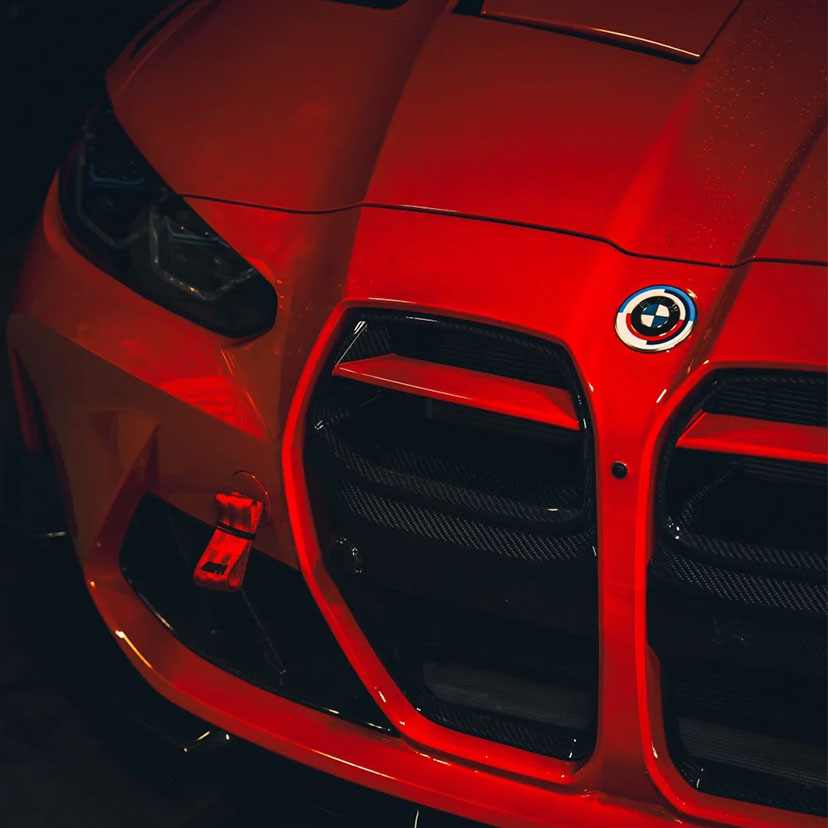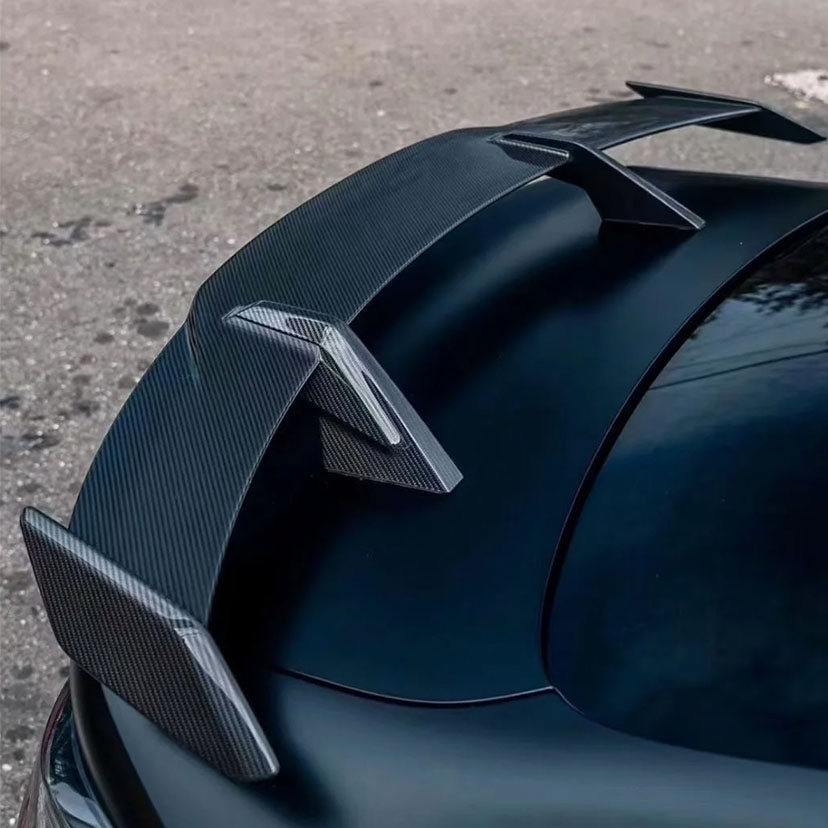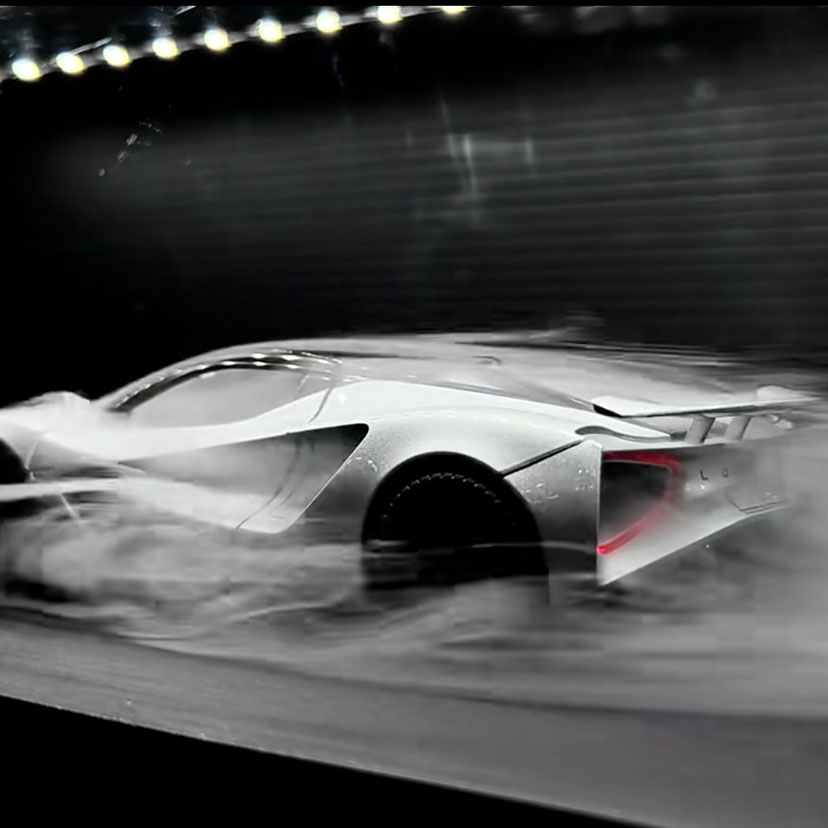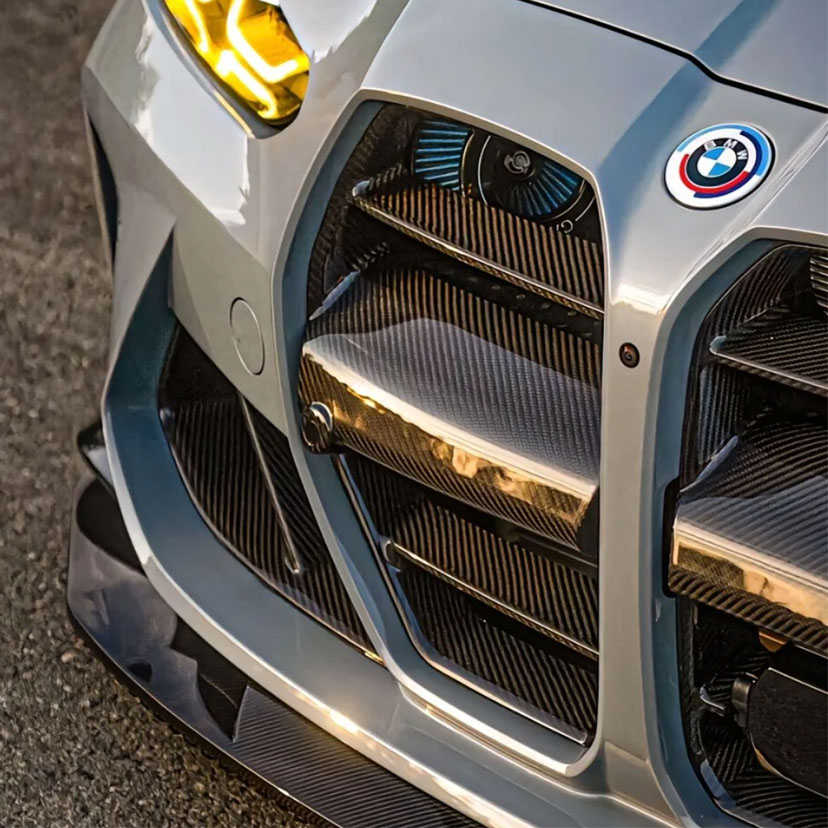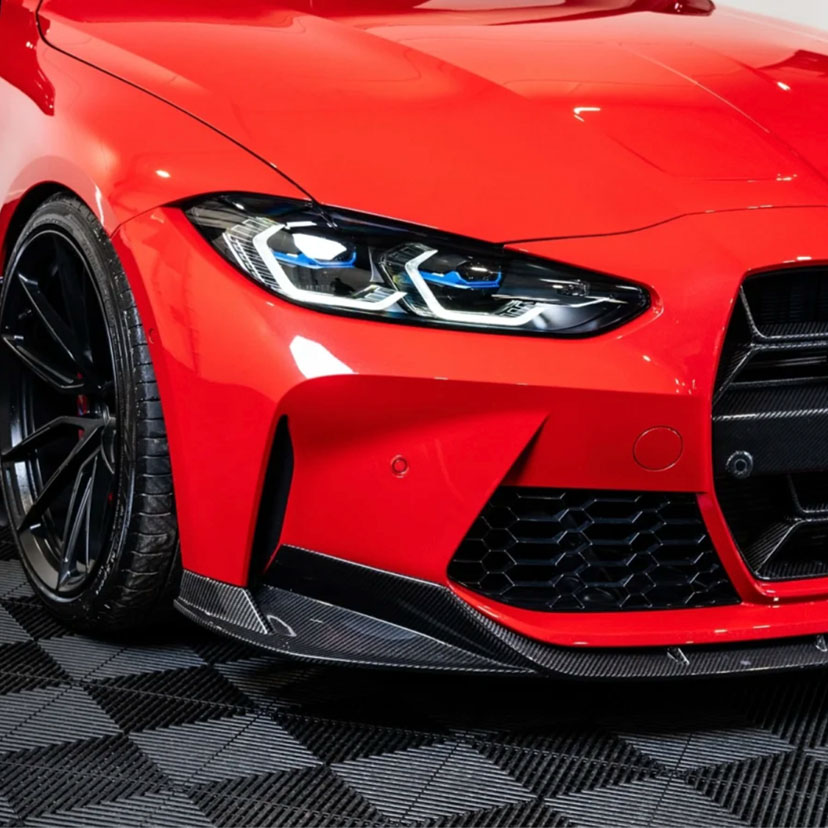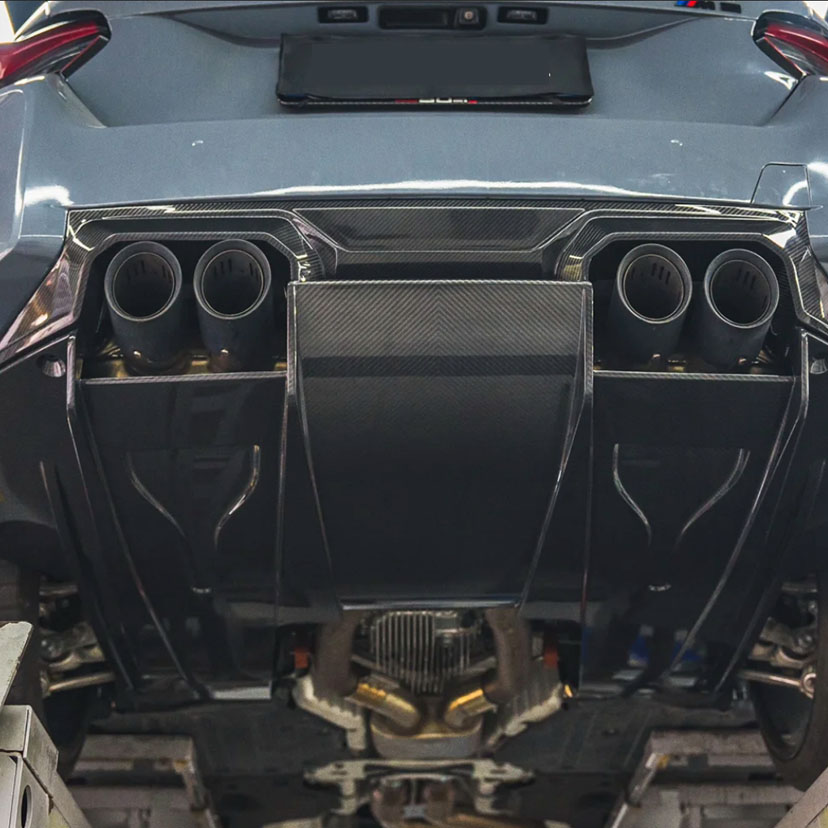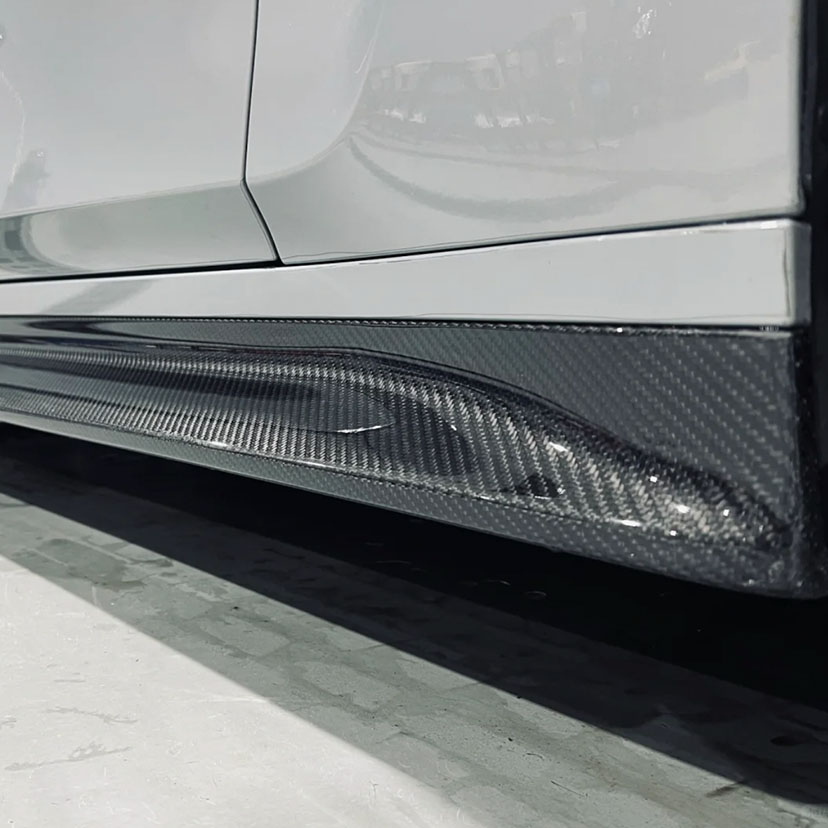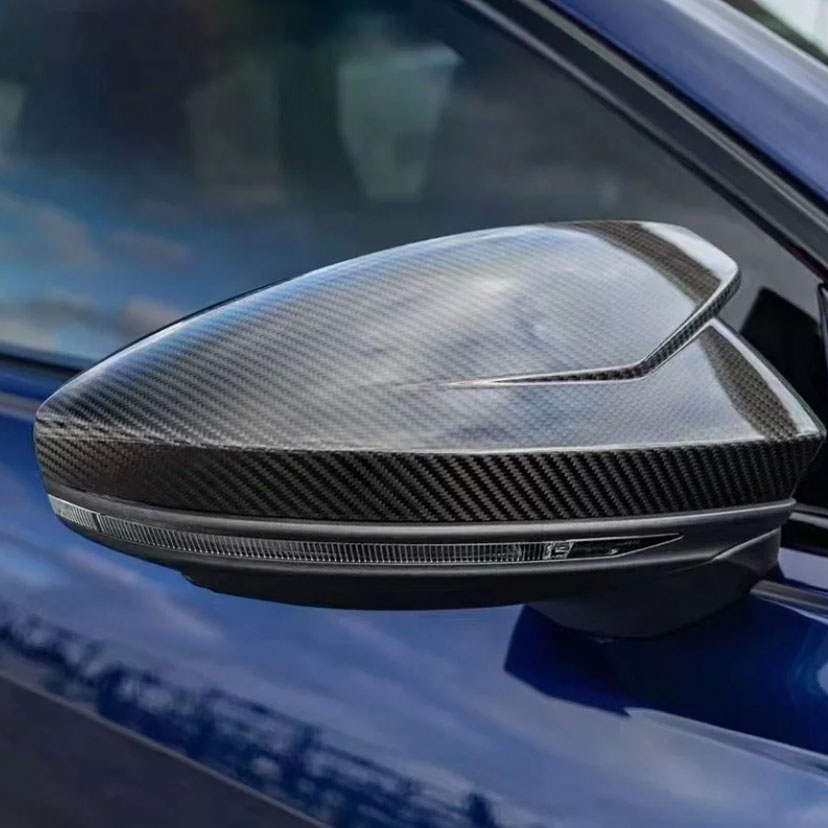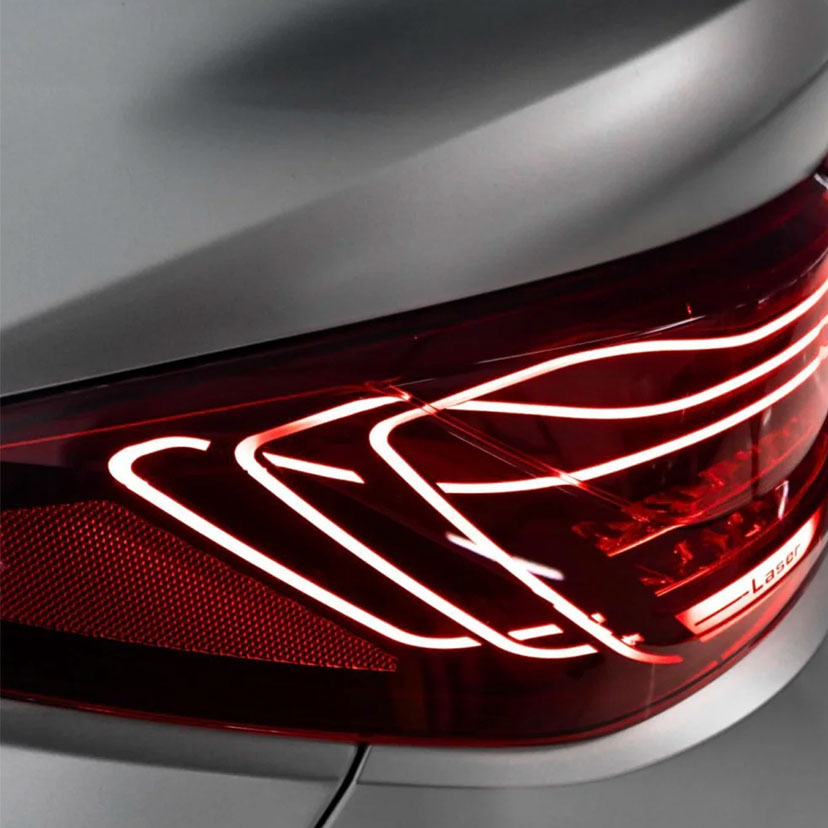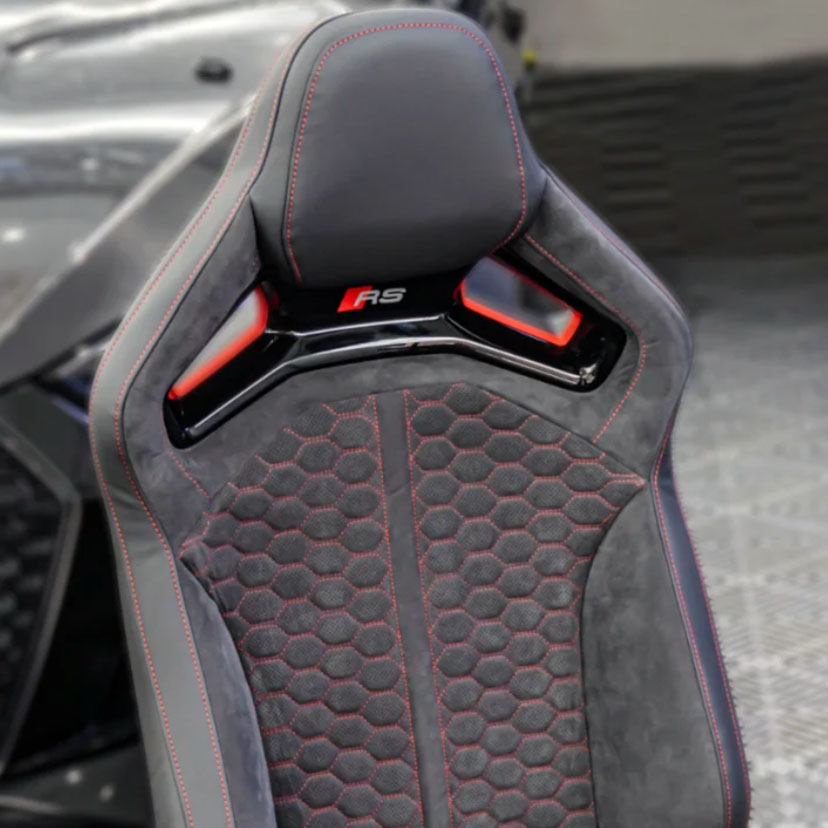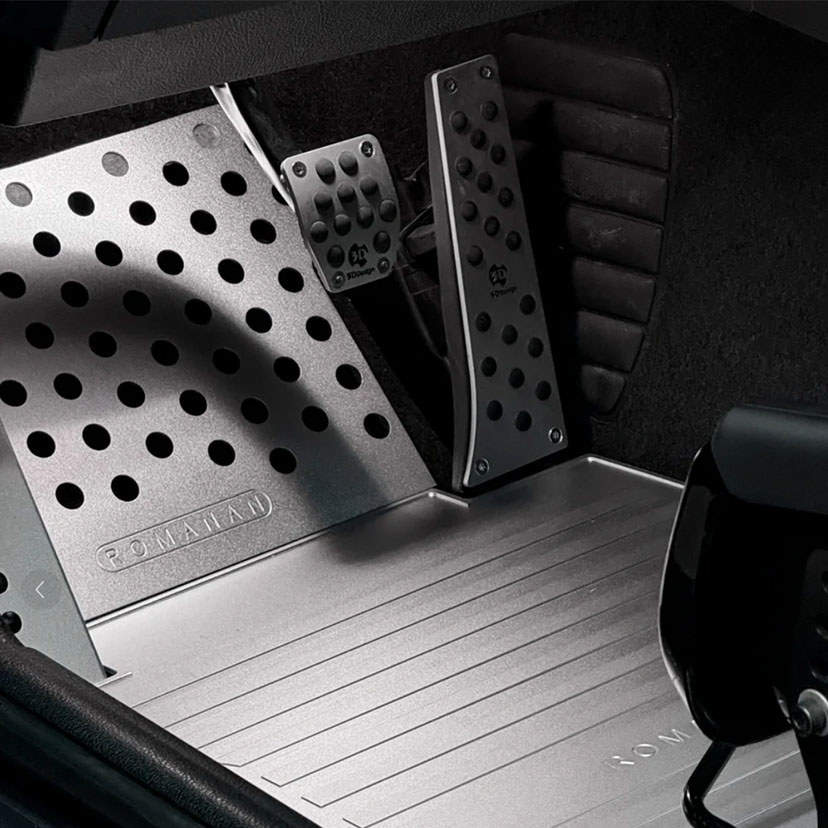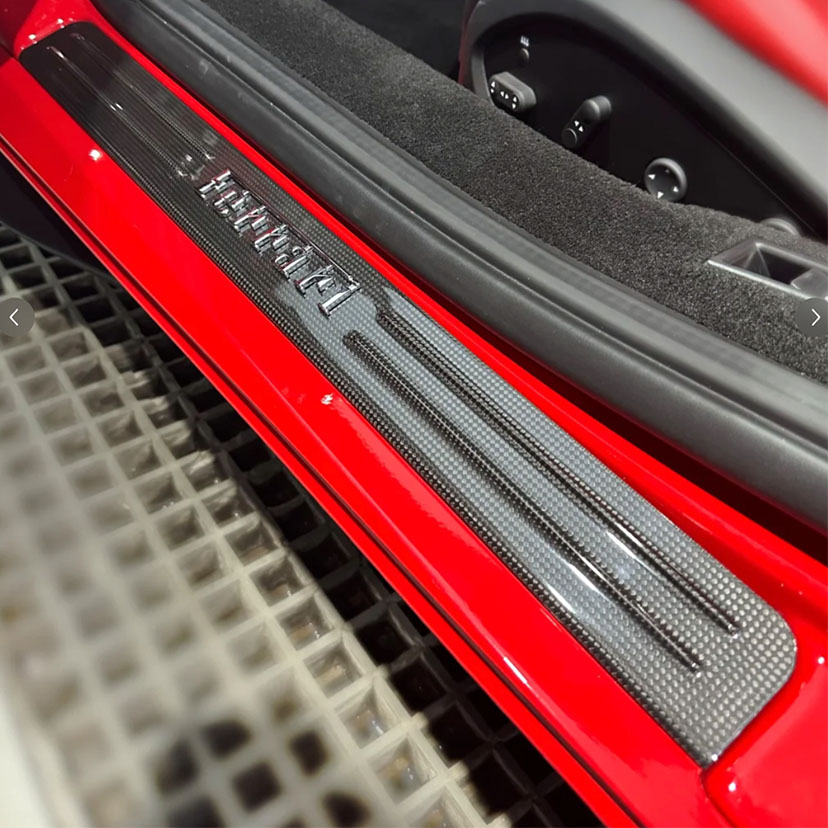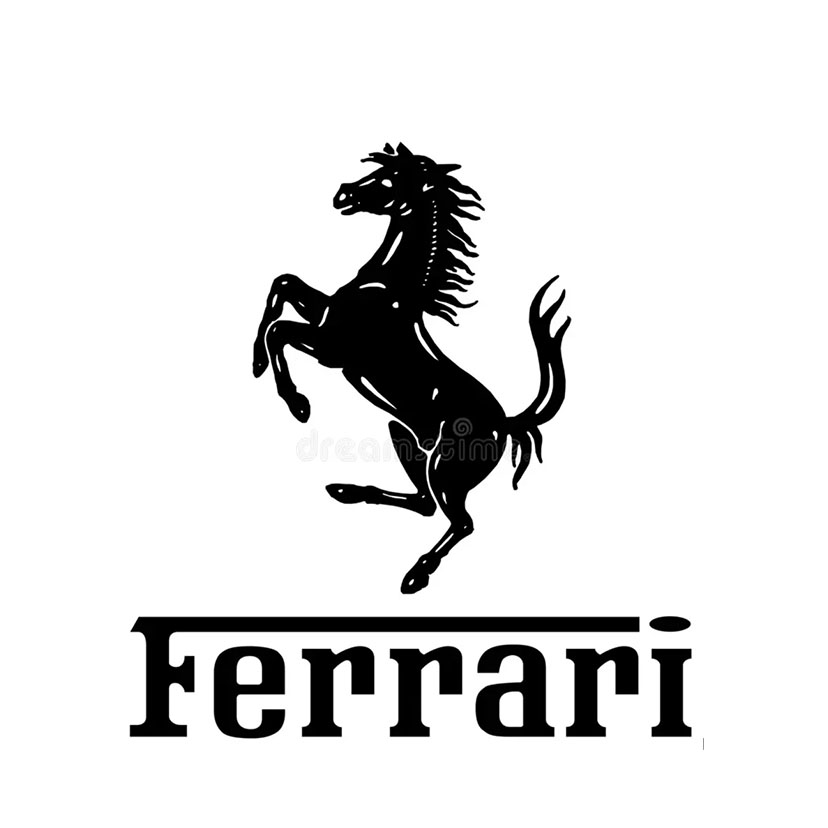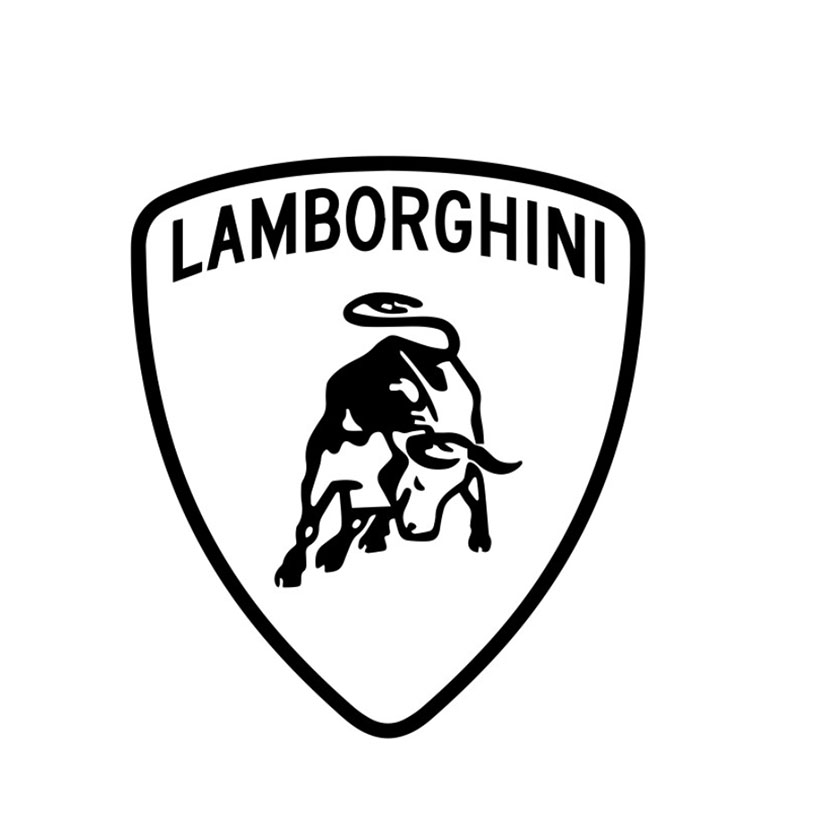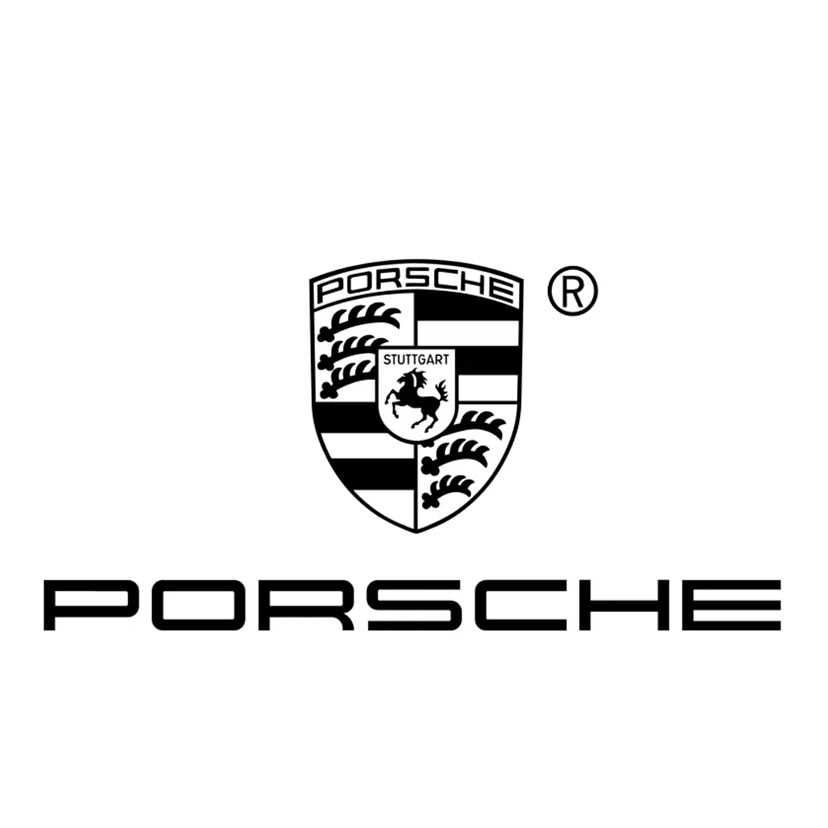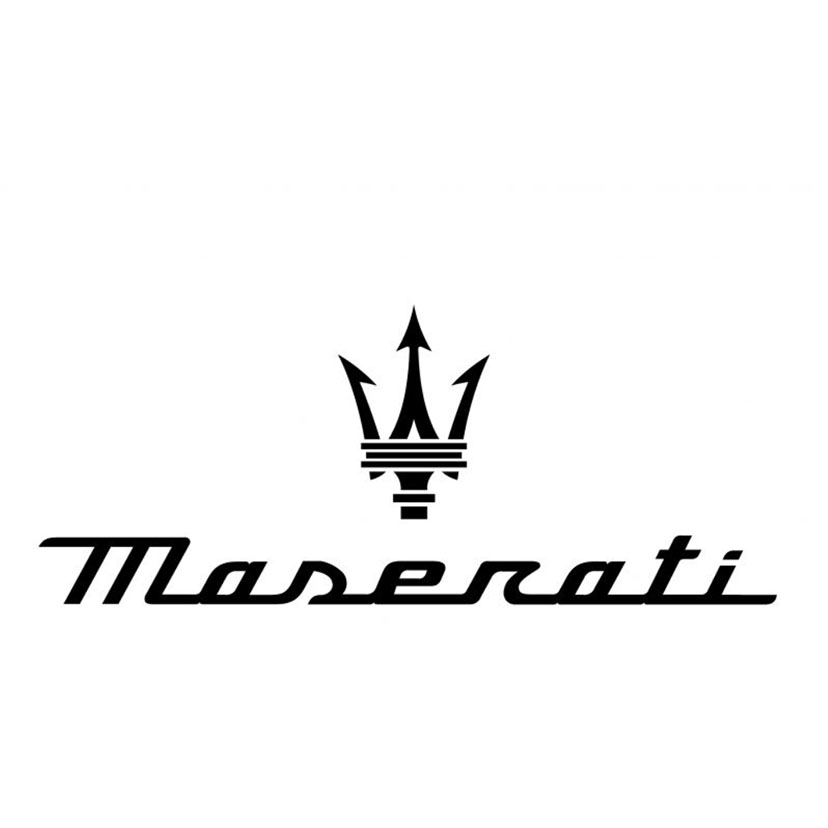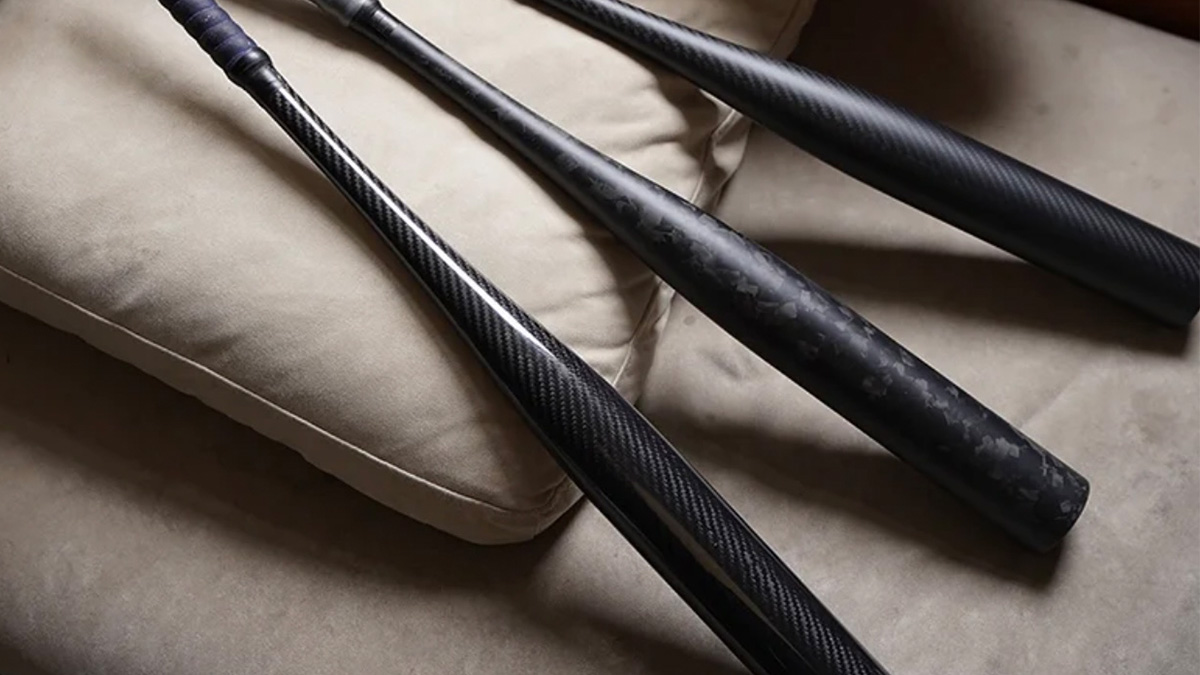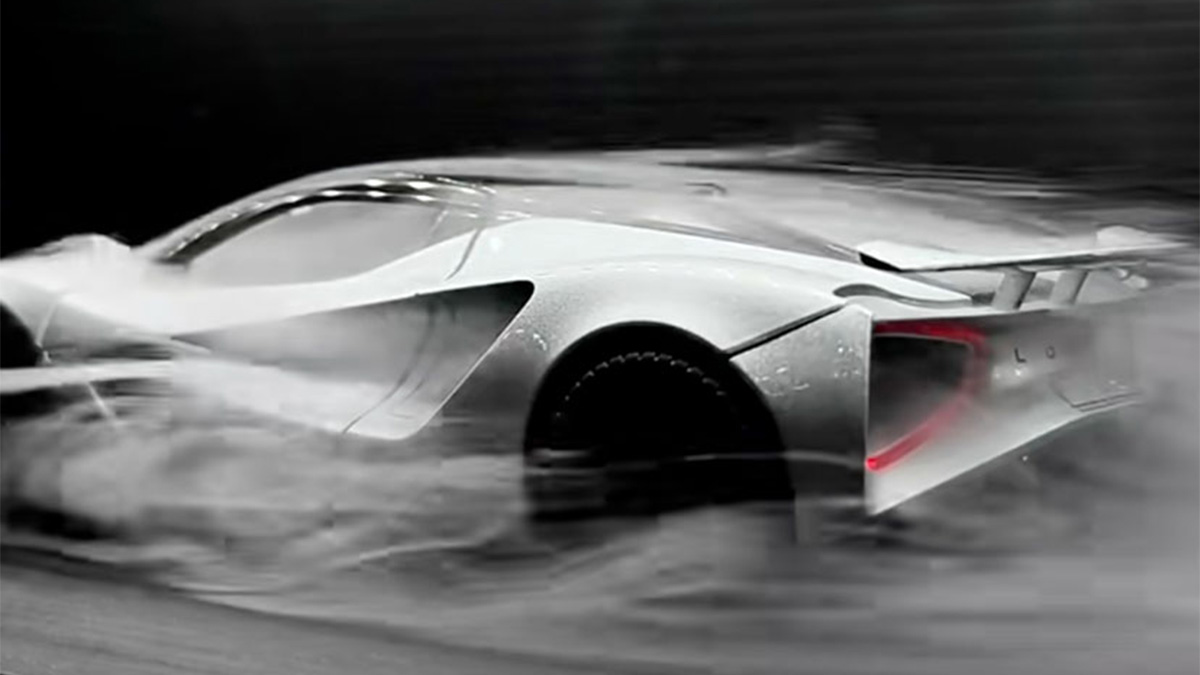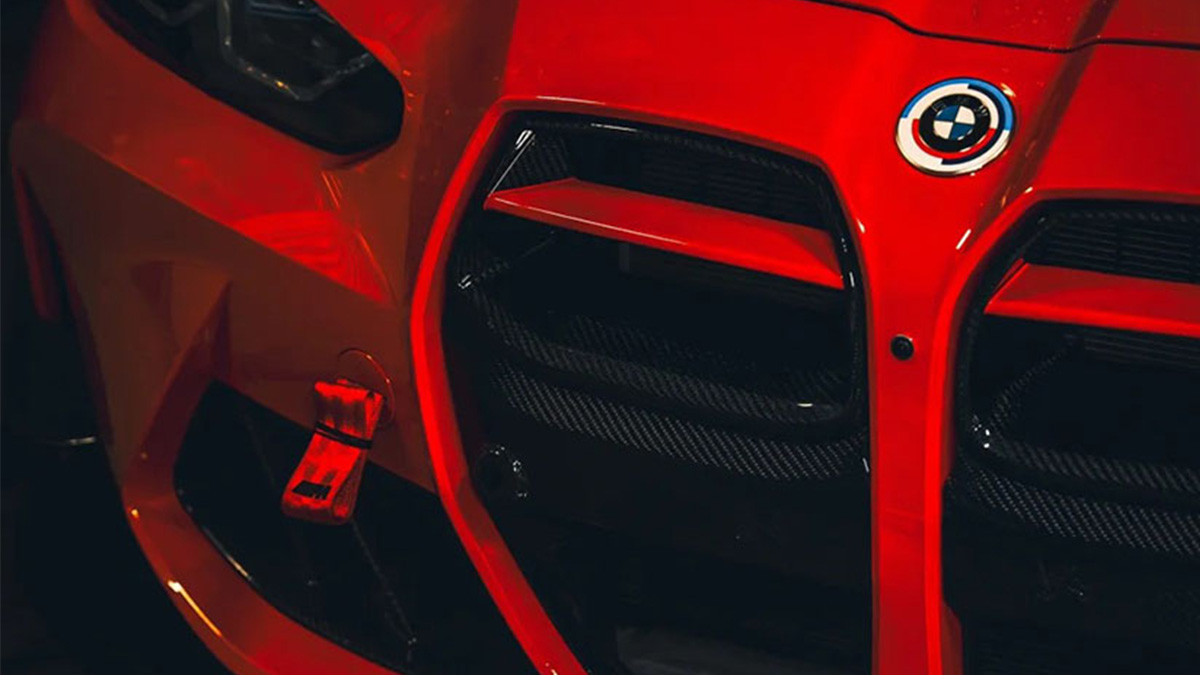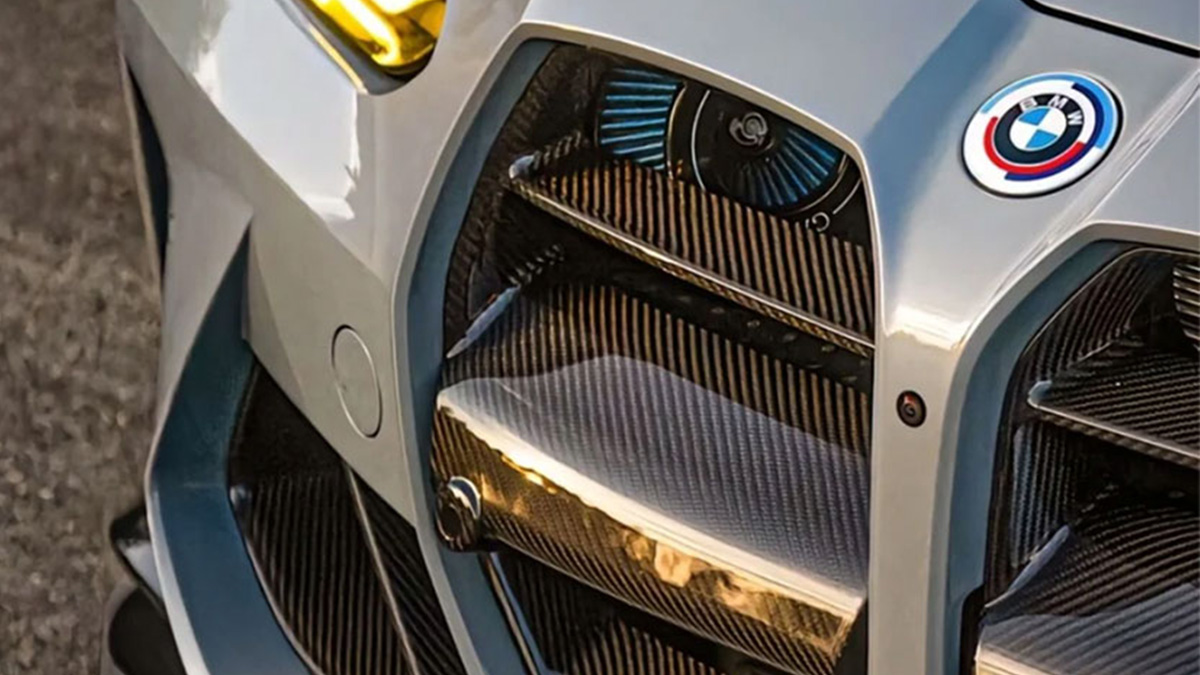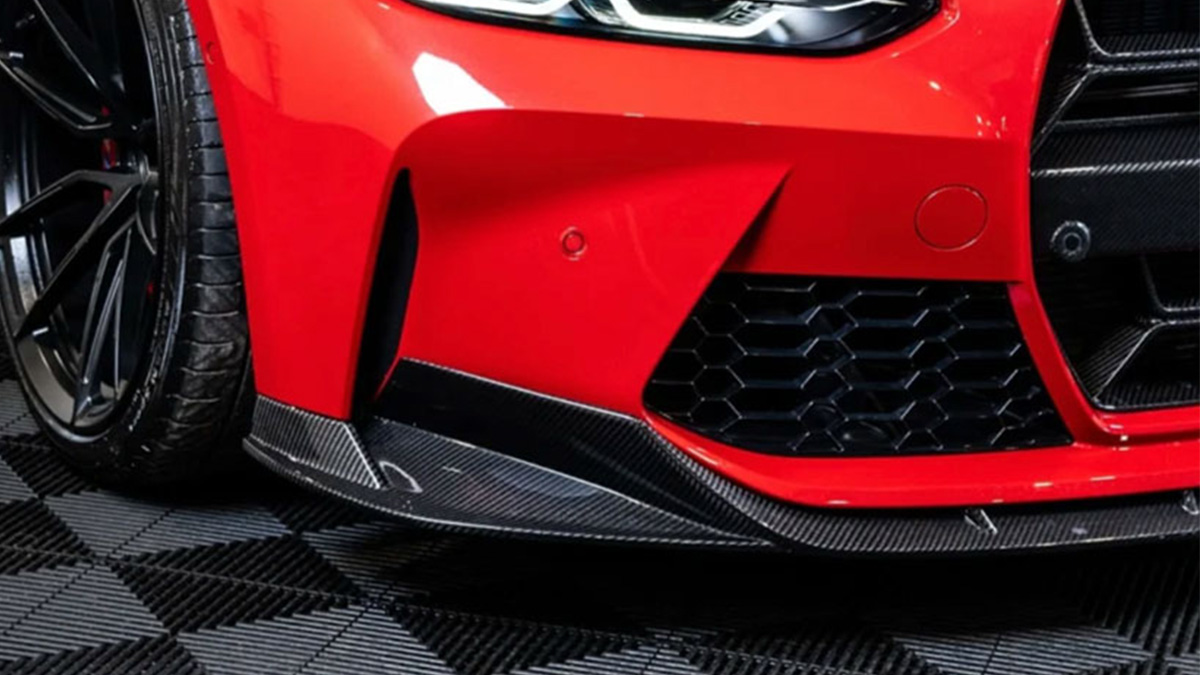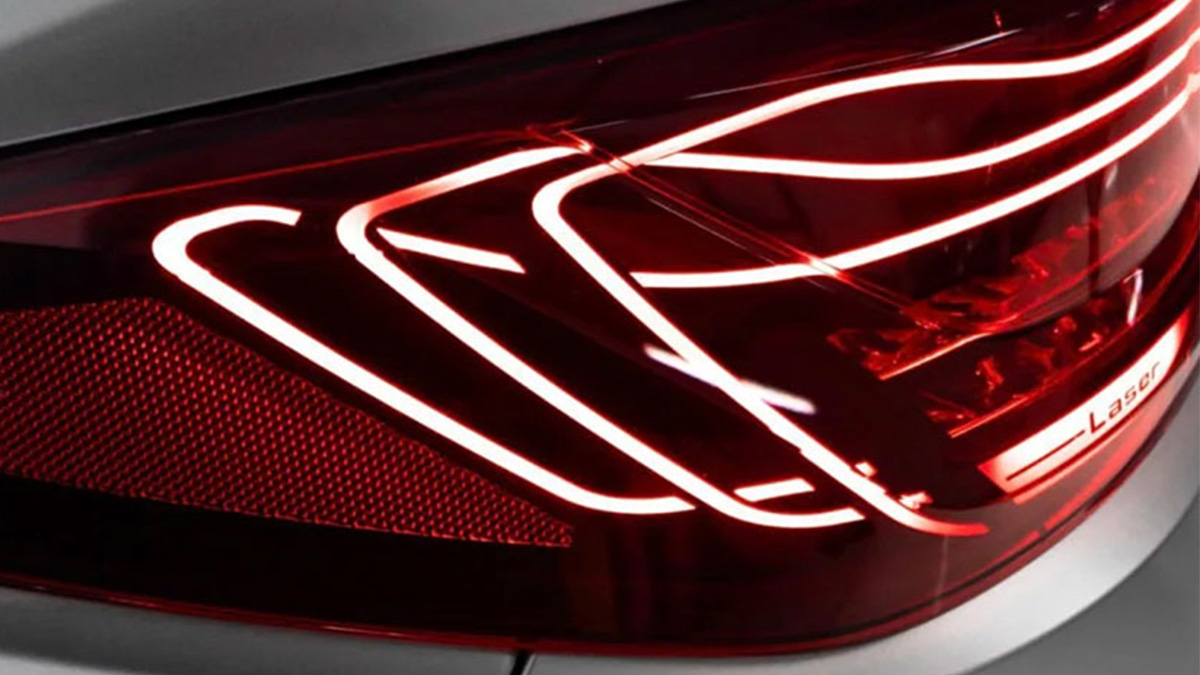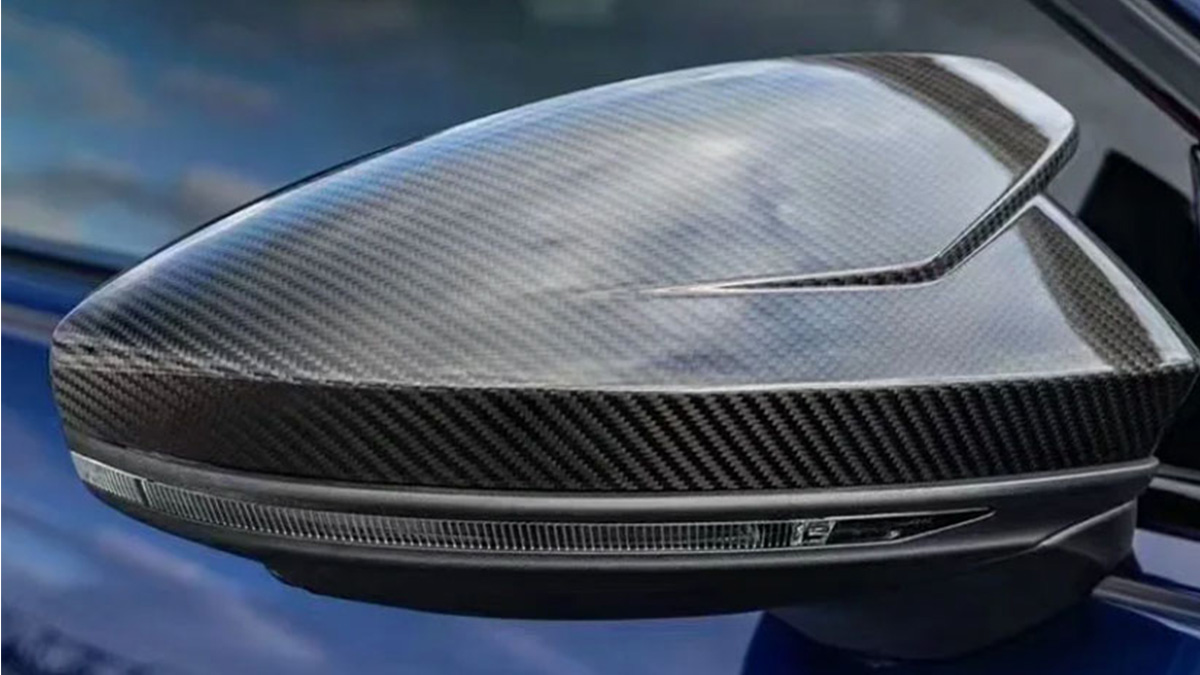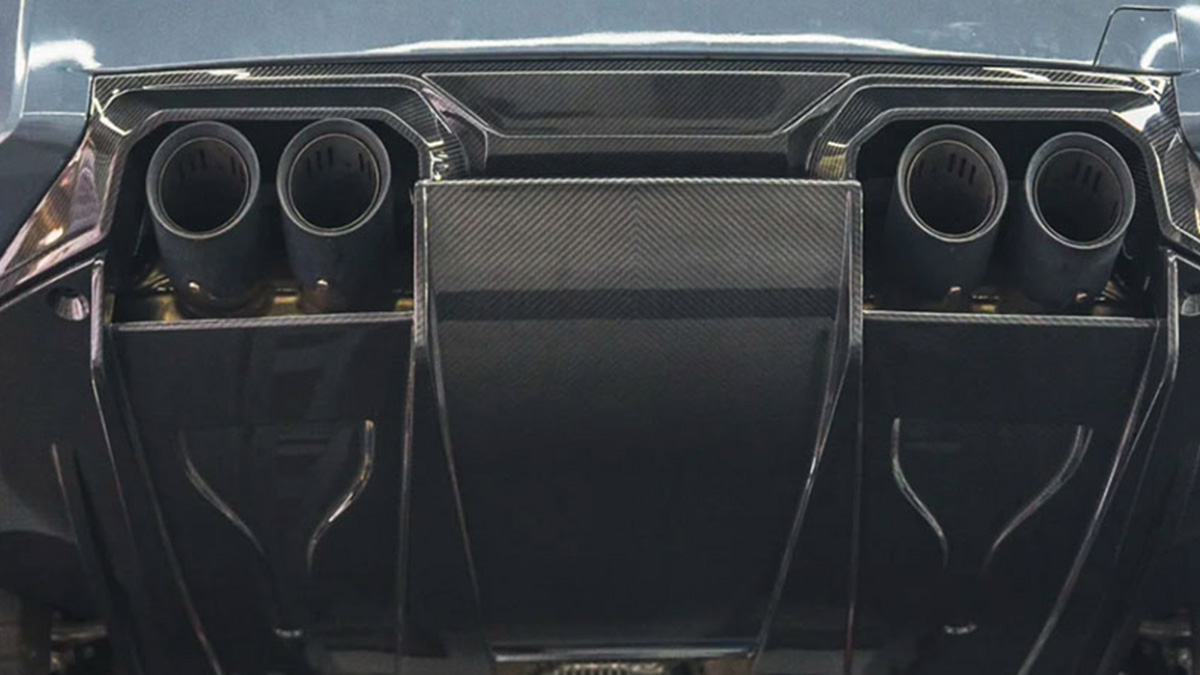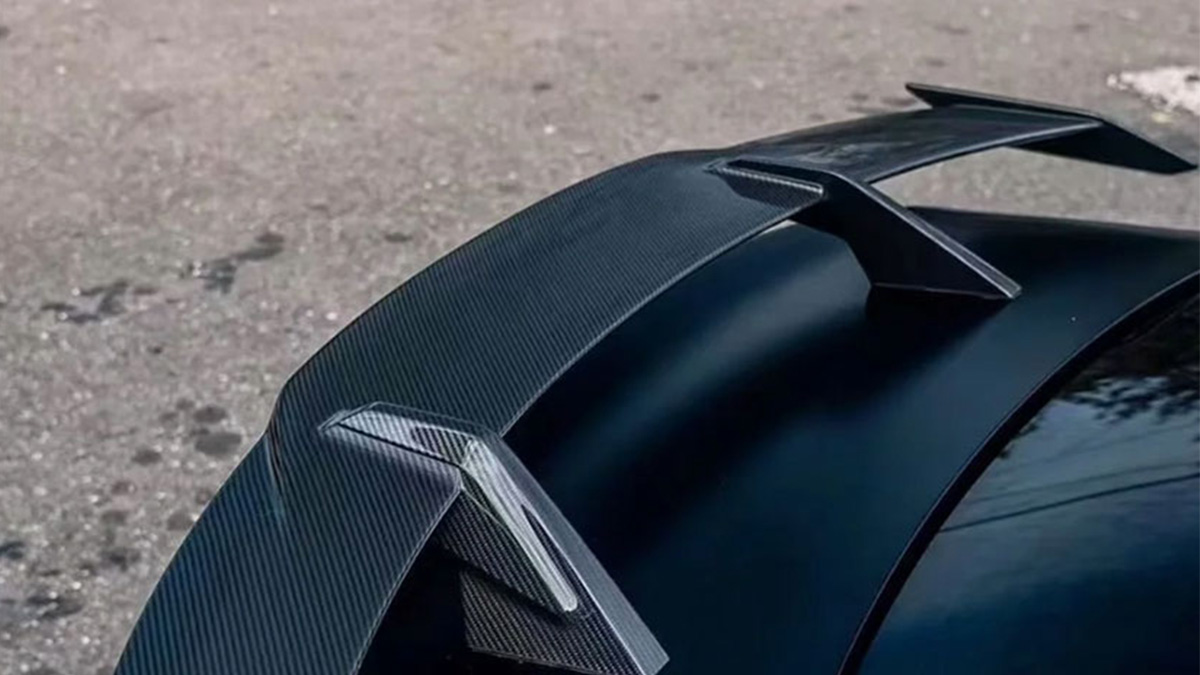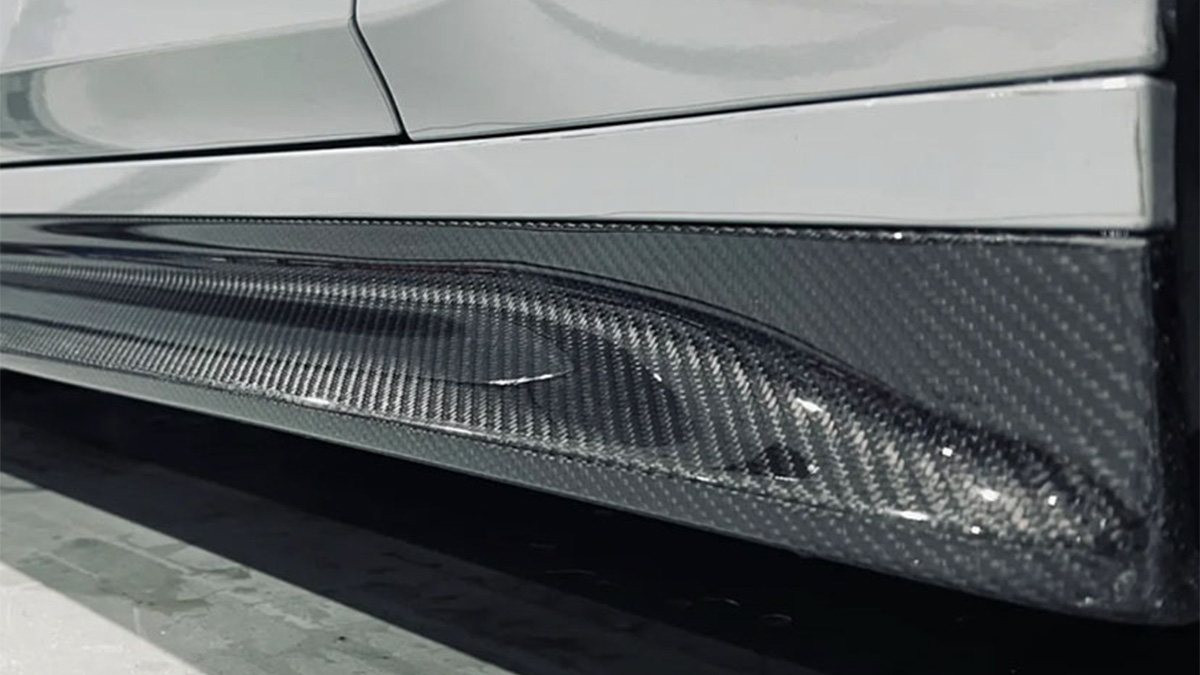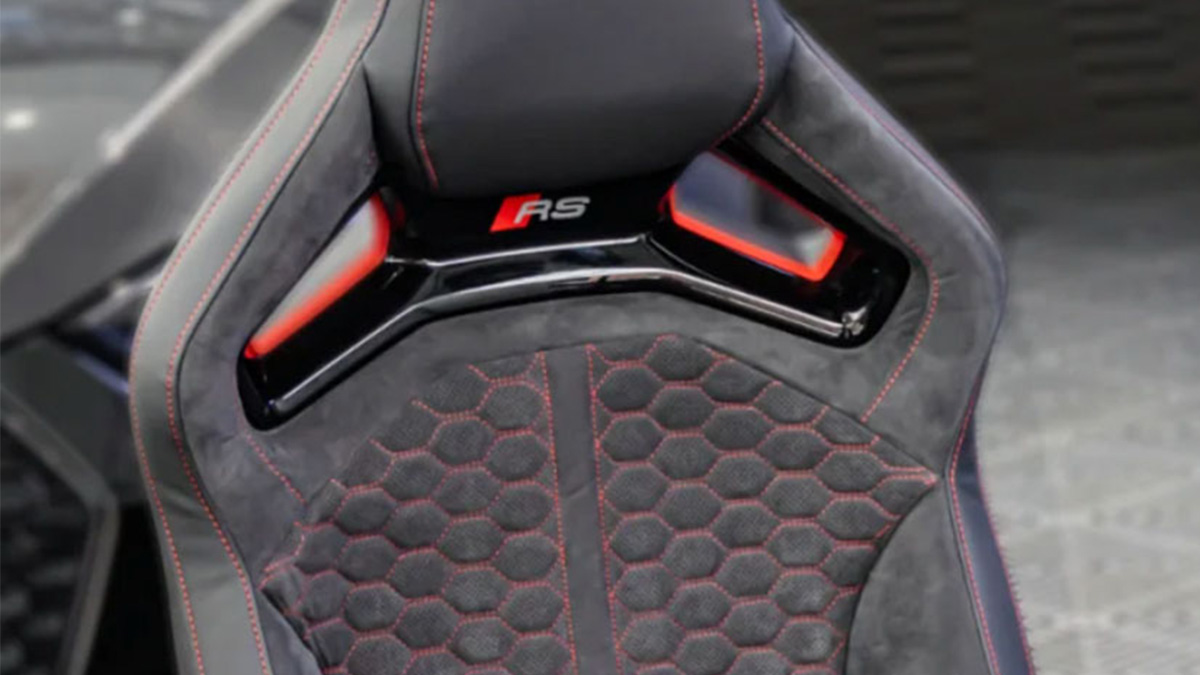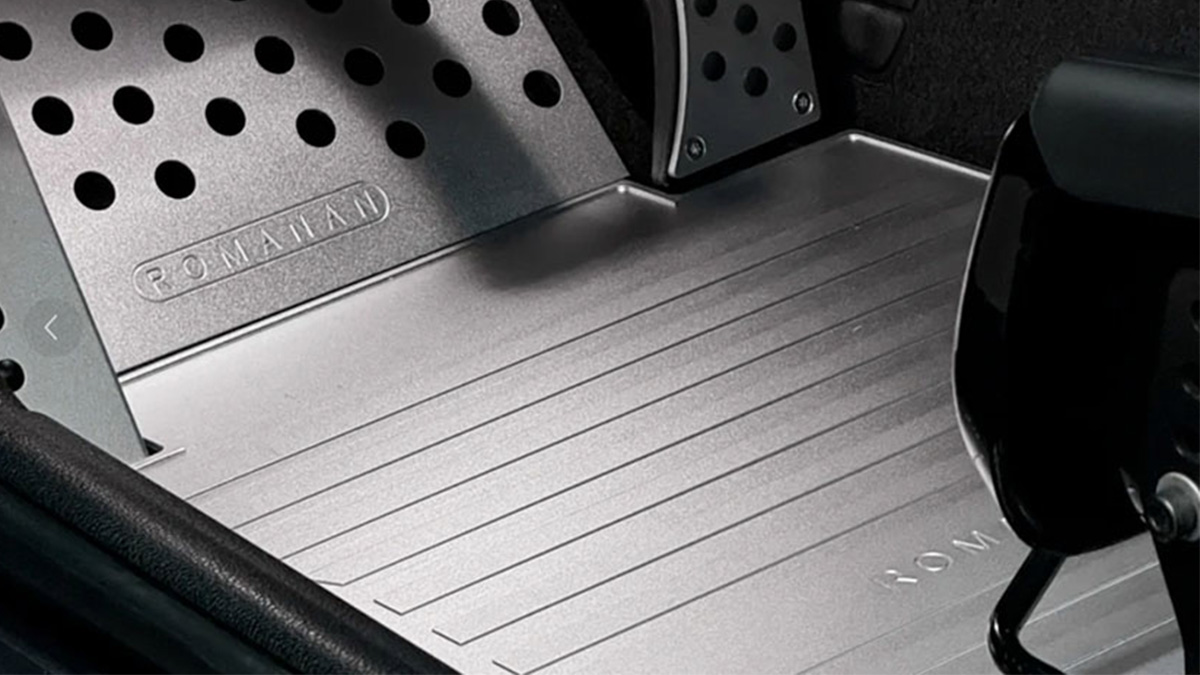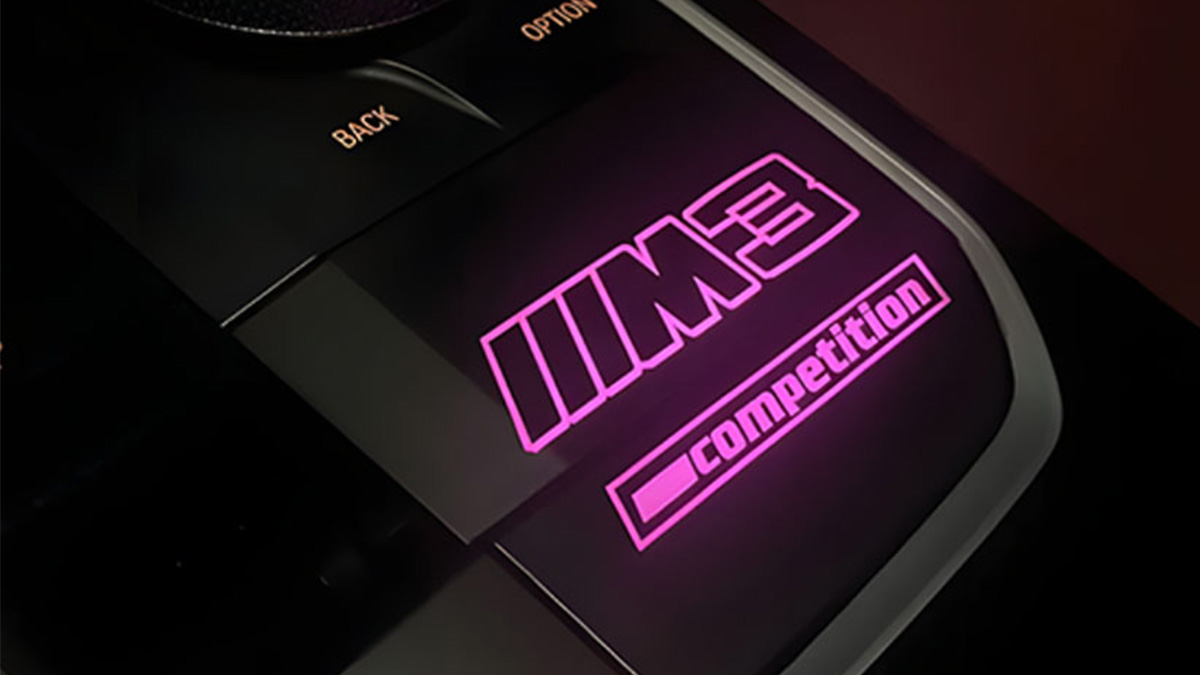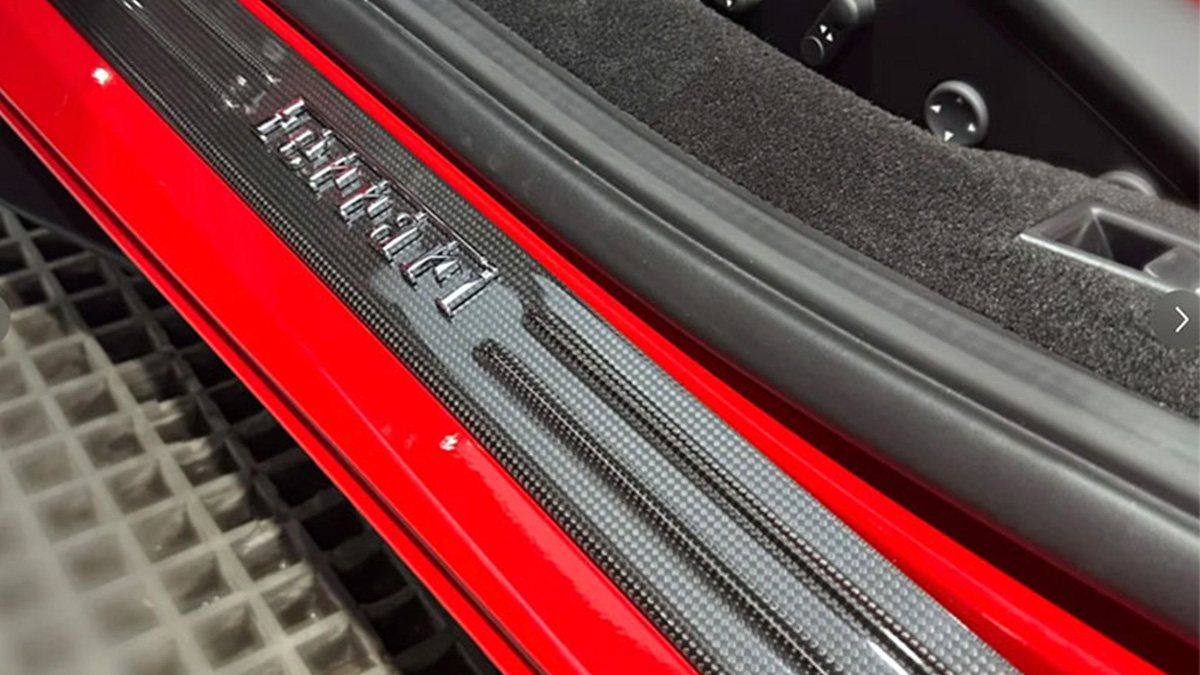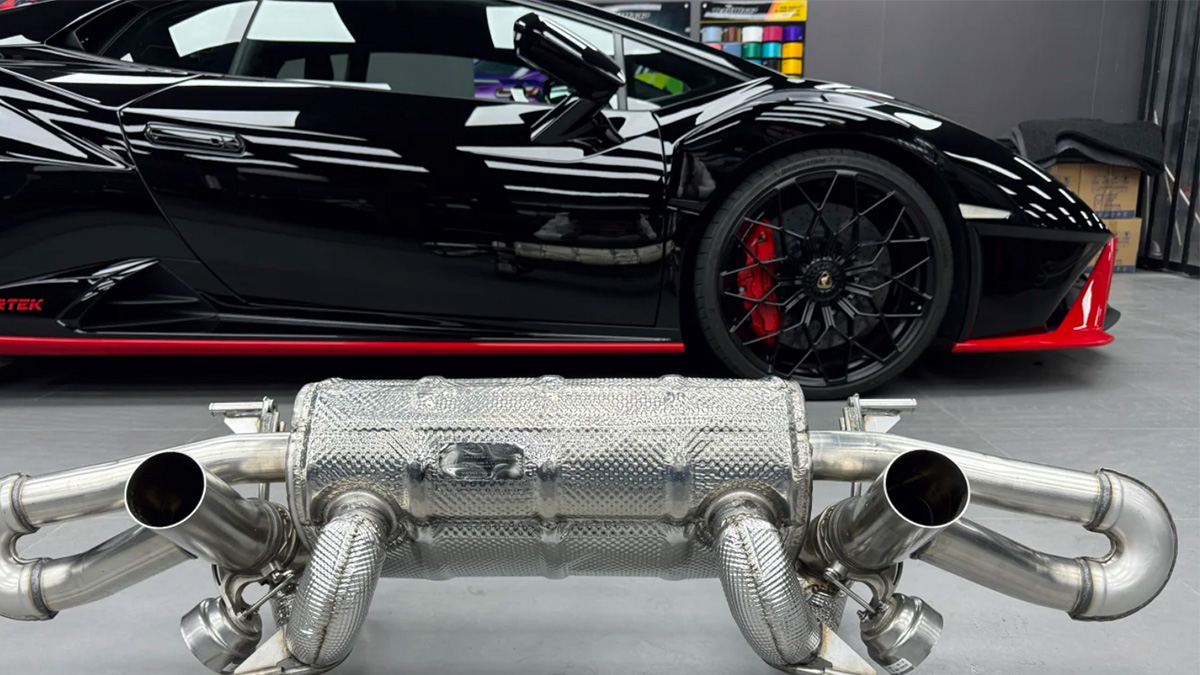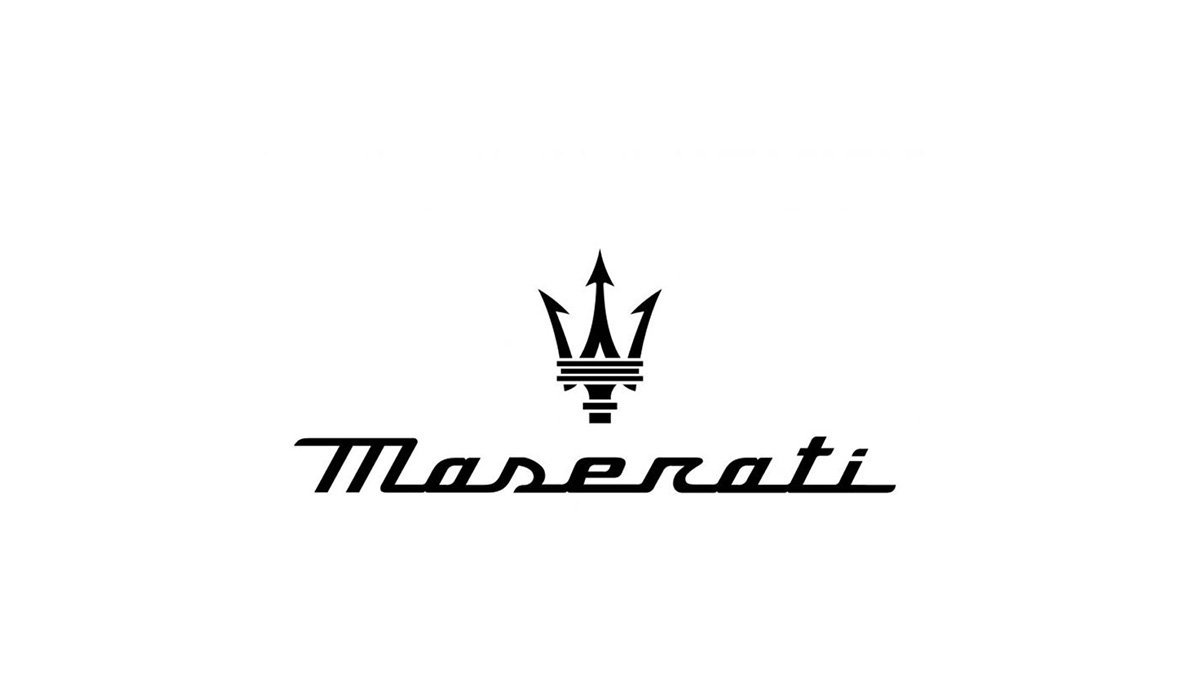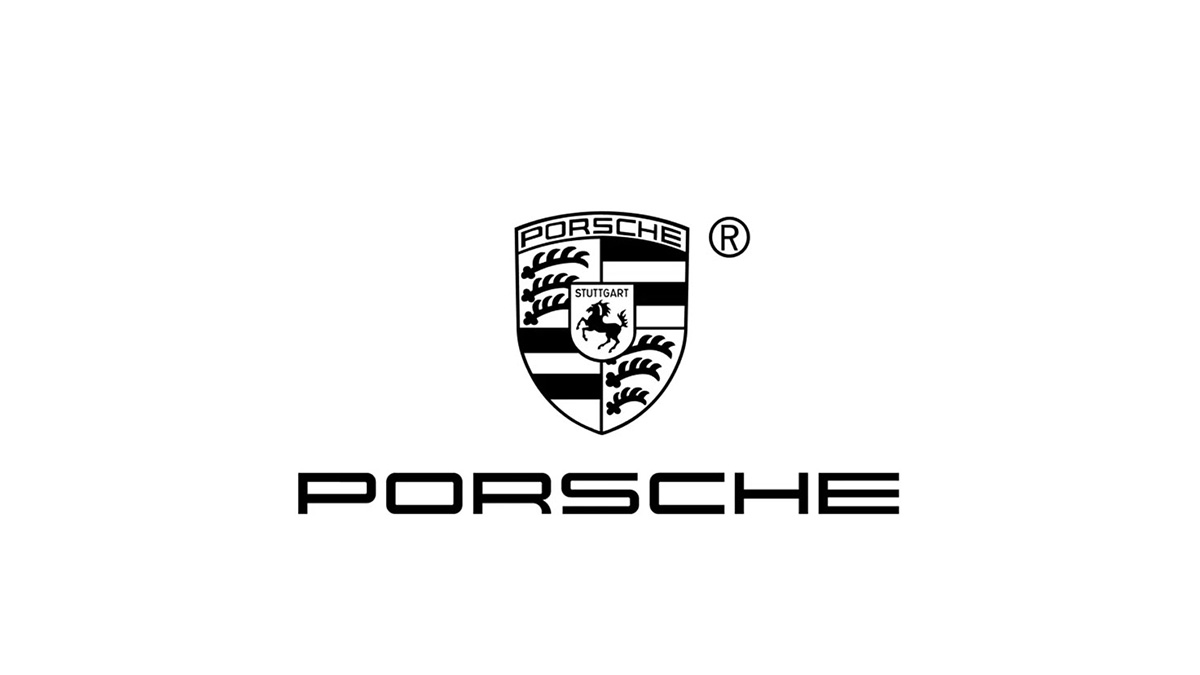The Untold Story of Porsche’s C88 Concept Car

The Porsche C88 stands as one of the most unconventional chapters in the brand’s history. Unlike Porsche’s iconic luxury sports cars, this concept car was designed as an affordable family vehicle for the Chinese market. Its development, completed in just four months, marked a bold departure from Porsche’s traditional focus on performance and exclusivity. The project also incorporated cultural elements, such as the number 88, symbolizing good fortune in Chinese culture. Yet, despite its innovative approach, the C88 never reached mass production. What led to this outcome, and what does the C88 reveal about Porsche’s adaptability and ambition?
Key Takeaways
Porsche tried something new by making the C88, a low-cost family car for China. This was different from their usual luxury sports cars.
The C88’s design included cultural details, like the number 88, which means good luck. This showed Porsche respected Chinese traditions.
Even though the C88 had promise, it was never made. The Chinese government canceled the family car project unexpectedly.
Porsche learned important lessons from the C88. They saw how to adjust to local markets and why respecting culture matters in design.
While the C88 wasn’t built, it shaped Porsche’s future plans. It showed they were open to trying new ideas in growing markets.
Porsche’s Challenges in the 1990s
Financial Struggles and the Need for Innovation
Porsche faced significant financial difficulties during the early 1990s. A global recession severely impacted luxury car sales, leading to substantial losses for the company. Between mid-1991 and mid-1994, Porsche reported losses of approximately $300 million. During the fiscal year 1992-93, sales plummeted to under 12,000 vehicles, resulting in a $150 million loss. These challenges forced Porsche to rethink its strategy. The company invested nearly $1 billion in new models like the Boxster, aiming to appeal to a broader audience and reduce its reliance on high-end sports cars. This shift marked a pivotal moment in Porsche’s history, as it sought innovative ways to secure its future.
The Chinese Automotive Market: A New Frontier
The 1990s presented a unique opportunity for automakers in China. The country was transitioning toward private transportation, creating a fertile ground for foreign car manufacturers. This shift began in the 1980s but gained momentum with the 1994 Industrial Policy, which encouraged individual car ownership. China’s growing economy and increasing demand for affordable vehicles made it an attractive market. Foreign automakers saw immense potential in the Chinese auto market, which was still dominated by bicycles at the time. Porsche recognized this opportunity and decided to explore the possibility of entering this emerging market.
China’s 1994 Industrial Policy played a crucial role in promoting private car ownership, making the market highly appealing to global automakers.
Why Porsche Targeted China with the C88 Concept
Porsche developed the C88 concept car as part of its strategy to tap into the Chinese market. The company identified several factors that made this market particularly promising. First, bicycles dominated transportation in the 1990s, signaling a vast untapped potential for car sales. Porsche estimated that it could sell between 300,000 and 500,000 units annually in China. Additionally, the Chinese government actively sought partnerships with foreign automakers to develop its domestic automotive industry. This initiative aimed to create affordable family cars and establish large manufacturers capable of competing internationally. Porsche saw the C88 as a way to align with these goals and position itself as a key player in the China family car project.
The Creation of the Porsche C88

The Vision and Goals Behind the C88 Concept
Porsche embarked on the C88 concept project with a clear vision. The company aimed to create an affordable sedan tailored specifically for the Chinese market. This initiative aligned with the Chinese government’s push to collaborate with foreign automakers to produce high-quality, family-oriented vehicles. The number “88” in the car’s name carried cultural significance, symbolizing luck and prosperity in Chinese tradition. Porsche sought to leverage its automotive expertise while respecting local values and preferences. The design emphasized affordability, reliability, and safety, ensuring the car met international standards and could be manufactured on a large scale.
Design and Development: A Four-Month Challenge
The development of the Porsche C88 presented significant challenges. Porsche had to design a car that was simple to manufacture, met safety standards, and appealed to a new market. The Chinese government provided vague instructions, adding complexity to the process. Despite these hurdles, the team completed the project within an ambitious four-month timeframe. This rapid pace required Porsche to streamline its design process while maintaining its commitment to quality. The project demonstrated the adaptability of Porsche design, showcasing the company’s ability to innovate under tight deadlines and unfamiliar conditions.
Key Features and Symbolism in the C88’s Design
The Porsche C88 featured a modern and practical design. Smooth, rounded forms gave the car a contemporary aesthetic, while the asymmetrical dashboard added a unique touch. The triangular insignia on the vehicle symbolized the ideal family unit, reflecting cultural values of the time. Inside, the inclusion of a child’s seat highlighted the car’s family-oriented approach. These elements, combined with the lucky number “88,” underscored Porsche’s effort to integrate cultural symbolism into the C88 concept. The design balanced functionality with cultural sensitivity, making it a standout in its category.
Technical Aspects of the C88 Concept
Engine and Powertrain: Simplicity and Efficiency
The Porsche C88 prioritized simplicity and efficiency in its engine and powertrain design. The car featured a 1.1-liter engine capable of producing 67 horsepower. Buyers could choose between a five-speed manual or a four-speed automatic transmission. Weighing just 2,160 pounds, the C88 was lightweight, which contributed to its fuel efficiency and ease of handling. Porsche focused on creating a durable and reliable vehicle that met high safety standards while remaining affordable. These technical choices reflected the company’s goal of designing a practical car for the emerging Chinese market.
Specification | Details |
|---|---|
Engine | 1.1-liter, 67-horsepower |
Transmission | Five-speed manual or four-speed automatic |
Weight | 2,160 pounds |
Design Focus | High targets for safety and durability, emphasizing simplicity and efficiency |
Safety and Practicality: Meeting Family Needs
Safety and practicality were central to the C88’s design. Porsche incorporated features that addressed the needs of families, such as a built-in child seat. This addition demonstrated the car’s focus on family-oriented functionality. The lightweight design also enhanced safety by improving maneuverability. Engineers ensured the car met international safety standards, making it a reliable option for families. The C88’s design aligned with the goals of the china family car project, which aimed to provide affordable and safe vehicles for the growing middle class.
How the C88 Stood Out Among Competitors
The Porsche C88 distinguished itself from competitors in several ways. Its design incorporated cultural elements, such as the number 88, which symbolizes luck in Chinese culture. The triangular insignia represented the ideal family unit, resonating with local values. Unlike Porsche’s traditional sports cars, the C88 targeted the family car market, marking a significant shift in the company’s strategy. These unique features positioned the C88 as a standout in the china family car project, showcasing Porsche’s adaptability and cultural sensitivity.
The C88 featured unique design elements that reflected Chinese culture, such as the use of the number 88, which is considered lucky in China.
The triangular insignia was designed to symbolize the ideal family unit, aligning with cultural values at the time.
The car was aimed at the family car market in China, marking a significant shift from Porsche’s traditional focus on sports cars.
The Reception and Fate of the Porsche C88

Unveiling at the 1994 Beijing Auto Show
The 1994 Beijing Auto Show marked a pivotal moment for the Porsche C88. Porsche CEO Wendelin Wiedeking personally presented the car, delivering his speech in Mandarin to emphasize the company’s commitment to the Chinese market. The unveiling generated significant interest among attendees and the media. The C88 stood out as a bold attempt to align with China’s cultural and economic aspirations. Its design reflected an understanding of local values, including the one-child policy, which influenced features like the built-in child seat. Despite the excitement surrounding the car, the project faced an unexpected turn of events shortly after its debut.
The C88’s unveiling highlighted Porsche’s adaptability and willingness to cater to a new market.
The car’s cultural elements, such as the number 88 symbolizing prosperity, resonated with the audience.
However, the project’s cancellation left stakeholders disappointed and sparked speculation about the reasons behind the decision.
The Chinese Government’s Decision
The Chinese government’s decision to cancel the family car project in 1995 surprised many. Officials had initially encouraged foreign automakers to develop affordable vehicles for the masses, aiming to promote private transportation. The C88 aligned with this vision, offering a practical and culturally sensitive solution. Porsche estimated it could sell between 300,000 and 500,000 units annually, making the project a promising venture. However, some observers suggested that the government’s true intention was to acquire foreign technology rather than establish long-term partnerships. This theory gained traction as elements of the C88’s design appeared in later Chinese-made vehicles.
The government sought to create a car accessible to the average citizen, similar to the Volkswagen Beetle.
Porsche’s financial struggles during the 1990s made the project an appealing opportunity for the company.
Speculation arose that the government used the project to gain technological insights without committing to production.
Why the C88 Was Never Mass-Produced
The Porsche C88 never reached mass production due to the abrupt cancellation of the family car project. Porsche executives believed the car had significant potential in the Chinese market, but the government’s decision halted further development. Some insiders claimed that the government took the ideas for free, incorporating them into domestic automotive designs. As one executive noted, “The Chinese government said thank you very much and took the ideas for free, and if you look at Chinese cars now, you can see many details of our C88 in them.” This outcome underscored the challenges foreign automakers faced when navigating the complexities of the Chinese market.
The 1994 Porsche C88 remains a fascinating case study in automotive history. It showcased Porsche’s ability to innovate and adapt, even in unfamiliar territory. Although the car never entered production, its influence can still be seen in the evolution of the Chinese automotive industry.
The Legacy of the Porsche C88
Lessons Learned from the C88 Project
The Porsche C88 project offered valuable insights that shaped the company’s future strategies. It highlighted the importance of adapting to local markets, as seen in the car’s culturally sensitive design. The use of the number 88 and the triangular insignia demonstrated Porsche’s effort to align with Chinese traditions. The project also emphasized the need for modular design, which later influenced Porsche’s approach to vehicle development. Additionally, the experience underscored the significance of market expansion strategies. By venturing into an emerging market like China, Porsche recognized the potential of diversifying its portfolio beyond luxury sports cars.
Market expansion strategies became a priority for Porsche.
Cultural adaptation proved essential for success in new regions.
Modular design principles gained prominence in future projects.
The C88’s Role in Shaping Porsche’s Global Strategy
The C88 project played a pivotal role in refining Porsche’s global strategy. Although the car never entered production, it demonstrated the company’s willingness to explore emerging markets. The C88 was specifically designed for China, reflecting Porsche’s strategic focus on engaging with the Chinese automotive industry. This initiative aligned with the broader goals of the Chinese government, which sought to develop its domestic automotive sector. Porsche’s involvement in the project showcased its adaptability and commitment to understanding local market dynamics. These lessons influenced the company’s approach to global expansion in subsequent years.
The C88 highlighted Porsche’s focus on emerging markets.
It marked an effort to collaborate with the Chinese automotive industry.
The project aligned with Porsche’s long-term global strategy.
The C88’s Place in Automotive History and Enthusiast Culture
The Porsche C88 occupies a unique place in automotive history. It represented a bold attempt to redefine Porsche’s identity during a challenging period. The car was envisioned as a no-frills sedan, aiming to serve a role in China similar to the Model T in America or the Volkswagen Beetle in Germany. This ambition reflected the project’s significance as a potential game-changer for the brand. The C88 also resonated with automotive enthusiasts as a symbol of Porsche’s adaptability and innovation. Despite its limited production, the car remains a fascinating chapter in Porsche’s journey and a testament to its willingness to take risks.
The C88 was designed to revolutionize Porsche’s trajectory in the 1990s.
It aimed to fulfill a role in China akin to the Model T or Volkswagen Beetle.
The project responded to Chinese officials’ vision for an affordable family car.
The C88’s legacy continues to inspire discussions about Porsche’s adaptability and its role in shaping the global automotive landscape.
The Porsche C88 exemplifies a daring departure from Porsche’s luxury sports car legacy. This project highlighted the brand’s adaptability and ambition during a challenging era.
Porsche ventured into the Chinese market, showcasing its willingness to innovate beyond its traditional niche.
The C88’s modular design and cultural elements, like the lucky number 88, reflected a deep understanding of local preferences.
Plans for technical training of Chinese specialists demonstrated Porsche’s long-term vision.
The C88 remains a symbol of Porsche’s ability to embrace change and adapt to global market demands, inspiring automotive enthusiasts and historians alike.

